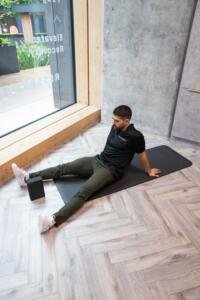Causes of hip pain
Hip pain is often caused by repetitive strain on the joint, which can stem from overuse, poor posture, or muscular imbalances around the hips and pelvis. Factors such as tight hip flexors, weak gluteal muscles, or improper running form can increase stress on the hip joint, leading to inflammation and discomfort. Additionally, conditions like arthritis or bursitis may contribute to chronic hip pain. Rest, proper strengthening, and stretching can help alleviate symptoms and promote recovery.
Symptoms of hip pain
Hip pain typically presents as discomfort in the groin, outer thigh, or buttocks, especially during activities like walking, running, or climbing stairs. You might experience stiffness, limited range of motion, or a sharp pain after sitting for extended periods. In some cases, there is swelling or a feeling of instability in the hip joint. The pain may worsen with weight-bearing movements or after repetitive activities, such as running or lifting.
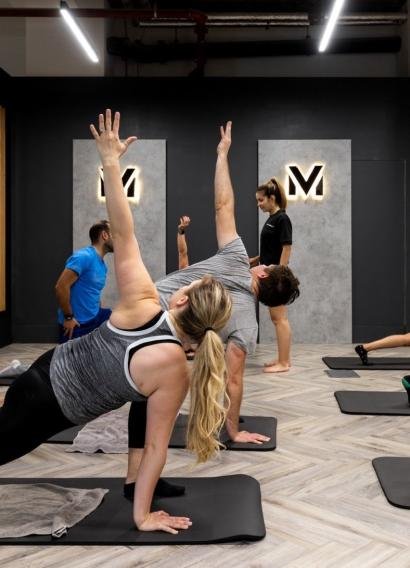
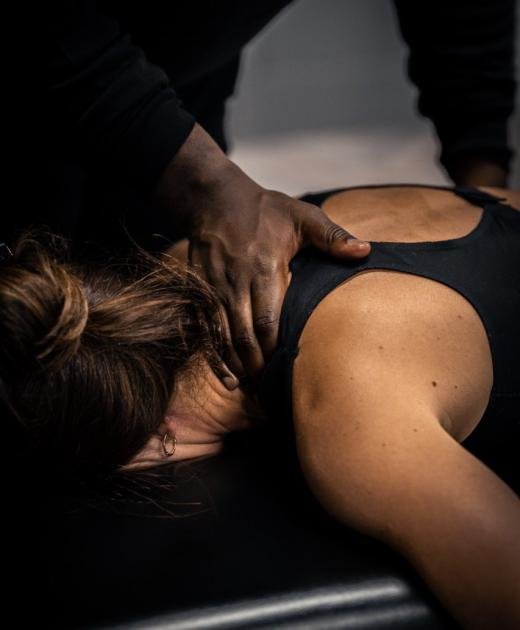
Treatment of hip pain
Treatment for hip pain often involves resting and avoiding activities that aggravate the discomfort. Applying ice can help reduce inflammation, while over-the-counter pain relievers, like ibuprofen, provide relief from pain. Strengthening exercises targeting the glutes, hip flexors, and core muscles are essential for improving hip stability. Stretching tight muscles around the hip, like the hip flexors and hamstrings, can help alleviate tension. Supportive footwear and orthotics may also reduce stress on the hip joint.
Exercises to relieve hip pain
Incorporating targeted exercises can help alleviate hip pain and improve overall hip mobility and strength. Key exercises include:
Hip abduction Isometric
Lie on a bed or a firm surface and loop a belt around your thighs above the knees and push out against the belt. Hold for the recommended time.
01
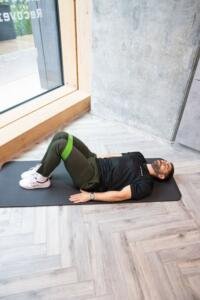
02

Clamshell
Lie on your side with a band around your thighs, just above your knees. Your thighs should be in line with your torso and your knees bent to 90°. Keeping your feet touching, raise your upper knee as high as you can without shifting your hips or pelvis. Don't move your lower leg off the floor.
01

02
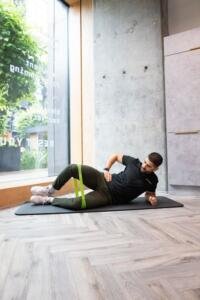
ASLR + Abduction / Adduction
Start in a squat position with a band around your quads. Sit down with one leg bent toward your body and one leg straight. Lift the leg straight up over the block then move it to the side, and bring it back to the center and over the block again before lowering it. Keep your knee straight.
01

02

03
